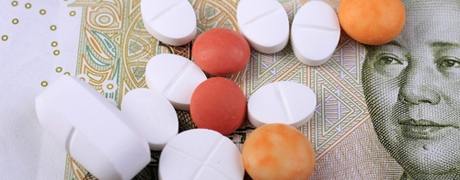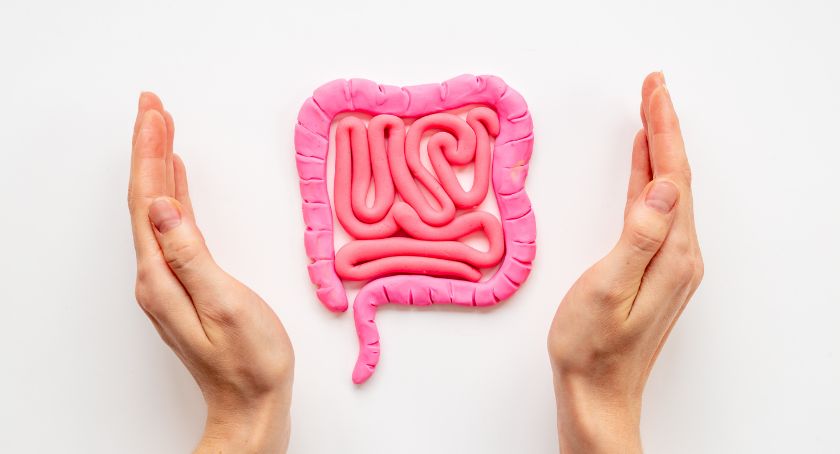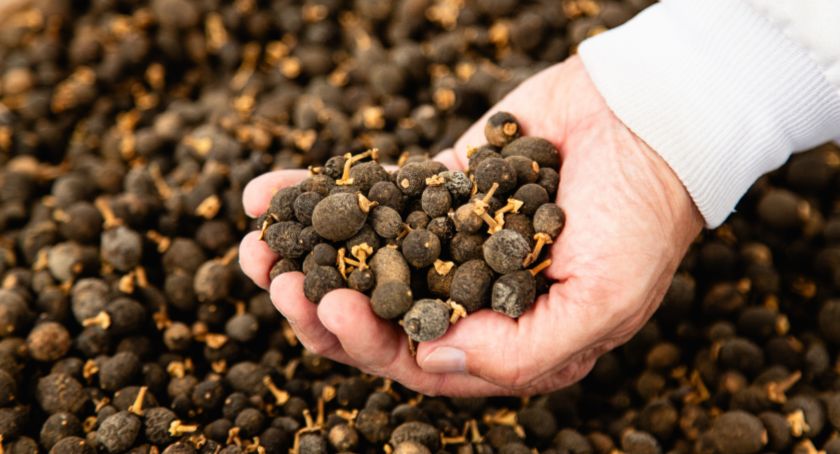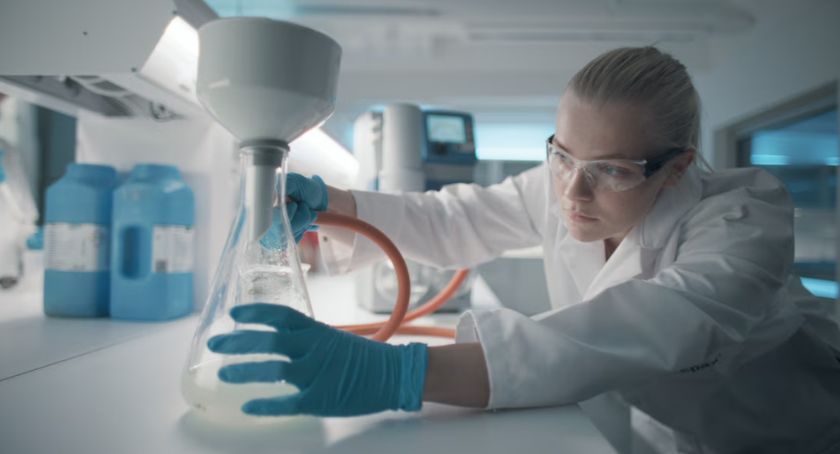Features
Inside China: Dietary Supplement Industry Update
A new regulatory environment could help propel a burgeoning market.
By: JEFF CROWTHER

Dietary supplement markets around the world continue to post positive gains despite global economic turmoil. Nowhere is that more evident than in the People’s Republic of China. Not only is China’s dietary supplement market boasting huge increases over previous years, it is simultaneously developing and expanding sales channels that simply didn’t exist in China eight years ago. In this article, I’ll focus on two aspects of the industry: the first being market size and its evolving retail environment, and the second being regulatory influences and how they are affecting the overall development of the industry.
Market Size and Development
In years past, the only sales channels that existed were pharmacies followed by direct sale (multi-level marketing, or MLM) companies. These two channels still dominate. However, brick and mortar health food stores as well as Internet retailers now have a place at the table and are eager to get a piece of that multi-billion dollar pie.
This year, China’s dietary supplement industry figures were released in a variety of papers and presentations. First was China Health Care Association’s (CHCA) Blue paper on the dietary supplement industry. CHCA is the prominent government-appointed association to oversee the industry. In its “Blue Paper,” the association placed 2011 sales at ¥100 billion ($15.8 billion). Next came New Hope Media’s “Engredea Monograph: China,” which is an in-depth how-to guide for doing business in China’s dietary supplement market. “Monograph: China” placed the industry at ¥280 billion ($44.4 billion). And finally, Euromonitor International chimed in with a figure of $10.7 billion during a U.S. Commercial Service sponsored webinar.
How could these numbers be so different? The discrepancy is easy to understand once you know how data were collected and analyzed. CHCA’s figure only took into account dietary supplement products that were officially registered with China’s State Food and Drug Administration (SFDA). This registration is referred to in English as a “blue hat” because the registration logo visually resembles a blue hat.
“Monograph: China,” for the first time ever, attempted to estimate the total sales volume, which includes not only the “blue hat” products, but also all the dietary supplement products that are imported as food and do not have an SFDA “blue hat” registration.
Euromonitor’s data collection team tracked down the most reliable sources in order to generate its take on market size.
In defense of the three groups that analyzed the market, this is by no means an easy task. Due to the chaotic nature of China’s dietary supplement market and the extreme difficulty in collecting reliable data, coming up with a solid number is next to impossible. With that in mind, U.S.—China Health Products Association (USCHPA) believes the number is actually somewhere in between these figures—most likely around $20 billion, give or take a bit. Because CHCA’s findings neglect many of the imported products, its number is certainly too low. On the other hand, Monograph: China’s figure would have China outperforming the U.S. dietary supplement market ($30 billion) by $14 billion. Given the under-developed state of China’s dietary supplement market, that number just isn’t possible yet; and finally, because Euromonitor relies heavily on verifying its information, it most likely disregarded unverifiable sources of data that resulted in a much lower figure. The important thing to keep in mind here is, regardless of what number you place your chips on, the market is expanding and companies are investing.
Interest in China’s dietary supplement market by global players is nothing new. In fact, Nutrition Business Journal did a survey in 2009 asking 224 global industry professionals what market will have the most opportunities over the next five years. Voters unanimously chose China as the market to watch, followed by the U.S. in second place.
Over the last two years, that interest has turned into action. Both foreign and domestic companies are investing in the market. Here are some examples:
Cofco a leading Chinese agriculture company has invested $508 million in building a nutrition R&D facility; Amway just invested $94.5 million in a new China manufacturing facility in Guangdong Province; NBTY launched its Kid’s Disney vitamin line this year adding to its Nature’s Bounty and Met-Rx brands that have been on the market for a number of years; Holland and Barrett, a subsidiary of NBTY, opened its first health food shop in Shanghai with plans to expand rapidly; GNC has an office in Shanghai with expanding distribution around the country; Vitamin Store, a Dutch health food store chain, opened its first store in Xiamen also with plans to expand; Tong Ren Tang, China’s most famous Traditional Chinese Medicine (TCM) company, has its own dietary supplement range and has been seeing sharp increases in sales; China’s web retailers such as Taobao, T-Mall, 360Buy, etc. now all have large sections devoted to dietary supplements.
Moreover, USCHPA has seen an increase in membership, inquiries on entering the market as well as investment firm’s requests for leads in China’s burgeoning natural health product sector.
All of this is wonderful news, but how are the current regulations for dietary supplements affecting growth and investment?
Regulatory Influences
Before we get into regulatory influences, we first have to discuss briefly the regulations themselves and the responsible agencies. There are three main entities involved in policing the industry. The first is the SFDA, which is in charge of dietary supplements and issuing the “blue hat” registration. Next is the Ministry of Health (MOH), which actually oversees SFDA, but its main influence in the dietary supplement industry is overseeing the approval of new novel food ingredients; and finally, the Administration of Quality Supervision Inspection and Quarantine (AQSIQ) controls all the imports and exports passing China’s borders.
Essentially, there are two ways to get dietary supplements into the country. One is by going through SFDA’s blue hat registration, which costs approximately $50,000 per SKU and takes roughly two years to finalize. The up side to this approach is certain approved claims are allowed as well as advertising.
The other approach is to import dietary supplements as food through AQSIQ. This is the preferred method for most foreign companies because the process is more straightforward, has minimal costs and takes mere weeks to finalize everything. The downside of course is no approved claims and you can’t advertise. The real risk or “downside” to this method is an increasing possibility that AQSIQ will not allow your product into the country.
Recently, AQSIQ has been getting tougher when it comes to allowing dietary supplements in the country as food. Certain products approved as food by MOH can be easier to import, but an increasing amount of products and ingredients are finding it more difficult to make their way across the border, especially formulas that contain herbs. Many herbal ingredients are in the Chinese Pharmacopeia, thus placing them in the realm of TCM and regulated as medicine.
Here is an example of the overall confusion with the current regulations. Fish Oil is approved as a food by MOH, which means you can use it as a food additive, or actually just bottle and sell it as an oil. However, if you put it in a soft gel capsule, it no longer is a food in the eyes of the SFDA. It should now be considered a dietary supplement and should apply for “blue hat” registration. This makes no sense and is very confusing to everyone involved, including Chinese customs agents, who are responsible for making the decision to allow it in the country or not. Due to the confusion with fish oil and a variety of other ingredients/products, each port tends to interpret regulations differently. At one port, fish oil soft gels might pass customs inspection without incident while another port might confiscate the shipment. This game of “Russian roulette importing” has been causing problems for the last decade.
The entire system needs an overhaul and everyone involved knows it. SFDA has draft regulations that have been collecting dust since 2009. In my latest meeting with SFDA, they said the regulations were scheduled for release by the end of 2012. However, it is now their opinion that this won’t happen due to the many opposing views on how best to regulate the dietary supplement industry.
Here are the three main areas that need improvement:
1) Changing the name of the industry to dietary supplement.
Currently, the industry and its products are called “Bao Jian Shi Pin” (保健食品), which translated literally means “Protect Health Food Products.” This change would help to solve a few issues:
First it would align China’s terminology with the international community by calling them dietary supplements.
Second, it would help to clarify what exactly should be considered a dietary supplement. Currently, there are yogurts and other food products that have the “blue hat” registration. These products clearly are not dietary supplements.
And finally, it would do away with a stigma that the industry has been wearing for the last 20 years or so. This has to do with the beginnings of the industry when it was ripe with opportunist players taking advantage of unwitting consumers. This rocky beginning has left a bad impression with many consumers. Putting “Bao Jian Shi Pin” to rest would be a great move by the government and would help the industry start anew.
2) Reform the “blue hat” system into a notification system utilizing claims based on structure function.
The reason why the system is riddled with issues is because SFDA continues to view dietary supplements akin to drugs. In doing so, its testing methods are looking for toxicity, efficacy and risk assessment, which include animal and sometimes human trials. By combining two or more dietary supplement ingredients, SFDA feels there may be risk involved. But in most cases this is like saying, “what would happen if I ate an apple and a piece of broccoli at the same time?” Many of today’s ingredients have been on the market for decades and have been combined in a variety of ways with few to no adverse events. As part of SFDA’s draft reform, the agency is considering a notification system for single ingredients. However, very few companies produce single ingredient formulas anymore.
If this notification system went into effect as is, it really wouldn’t help the industry. It would only force companies to revert back to single ingredient products, and in doing so would lose decades of advancement in product efficacy, or they would continue to avoid registering altogether. Let’s use calcium as an example. I would safely guess that 80% of the calcium products on the market today have at least magnesium and vitamin D added, which would disqualify it from this proposed notification system.
Implementing a true notification system based on U.S. FDA’s Dietary Supplement Health and Education Act (DSHEA) would be much easier for the government to manage. It would also be more transparent and less expensive for industry to abide by, thus increasing the amount of “blue hat” compliance and overall control of the industry by SFDA.
3) Potency levels are another area that needs attention. For example, SFDA’s Regulations for Application and Evaluation of Nutritional Supplements subsection IV states: “Supplements should be reduced by 1/3 to 2/3 of the recommended dosage for pregnant women.” Per SFDA regulations on daily intakes, calcium would be reduced by 50%, iron by 48% and folic acid by 44%. This goes against current science and recommendations. This is a slice of the population that actually needs to increase the above mentioned supplements, not decrease them.
These potency restrictions will require most foreign companies to reformulate specifically for China prior to applying for a “blue hat” registration. Moreover, once the product is approved by SFDA, the formula cannot be adjusted without going through the whole two-registration process all over again. This really hampers the industry’s ability to adjust formulas to follow the latest findings in nutritional science. A good example is vitamin D, which over the last few years has seen considerable research encouraging higher intakes. The global industry responded by increasing dosages from 200-400 IU to 6000-1,000 IU in many of the industry’s most comprehensive formulas.
There are a number of other areas that need to be addressed, but starting with these three would be an excellent start toward building a transparent and safe industry.
The growing membership of USCHPA coupled with continued industry investment will help to increase both consumer education and demand as well as encourage regulatory reform that will not only safeguard consumers, but allow dietary supplements to be marketed in a transparent way and remove the confusion that has plagued the industry from the start.
About the Author: Since 1993, Mr. Crowther has been working in the U.S. natural health product industry. In 2005, he moved to Beijing to work on both business development and industry regulatory issues for dietary supplements. He is currently the executive director of the U.S.—China Health Products Association where he continues his work of promoting industry development, which will benefit the health and well-being of both industry and consumers alike.




















